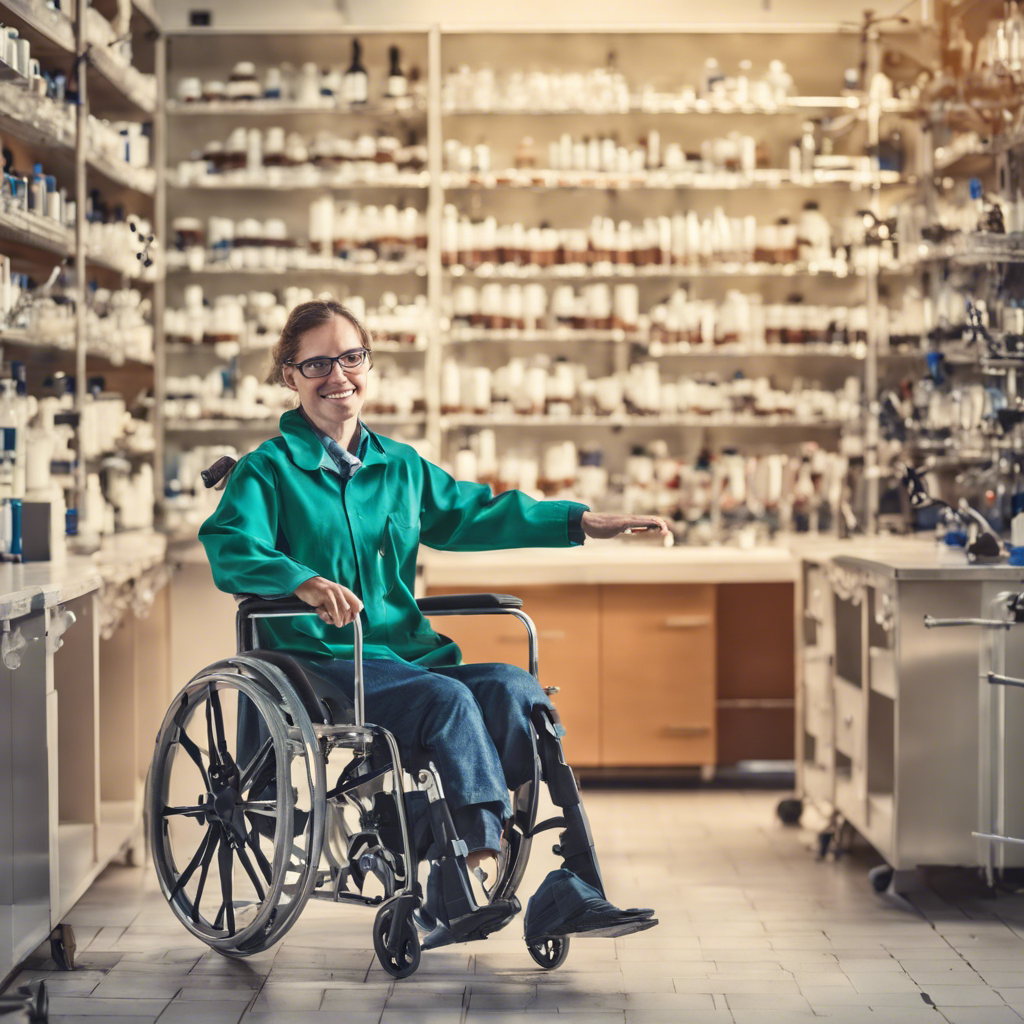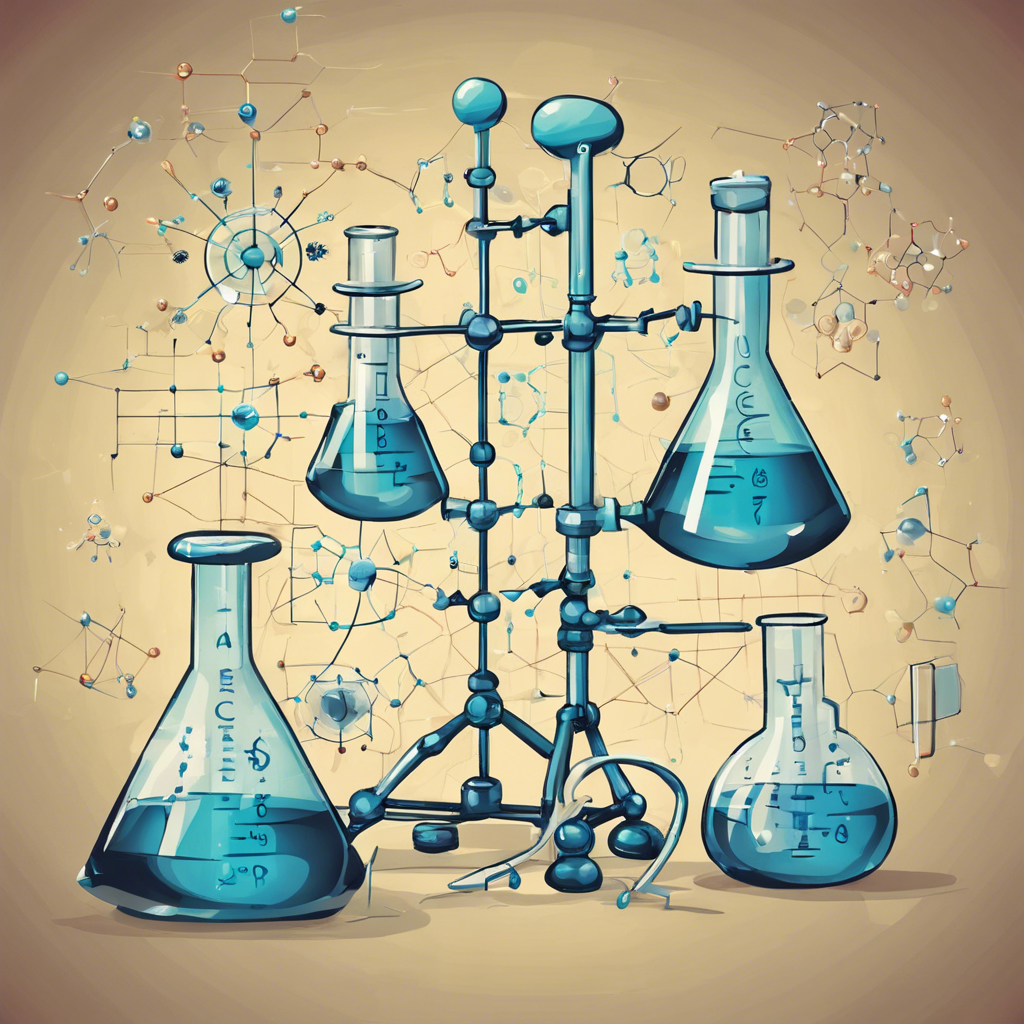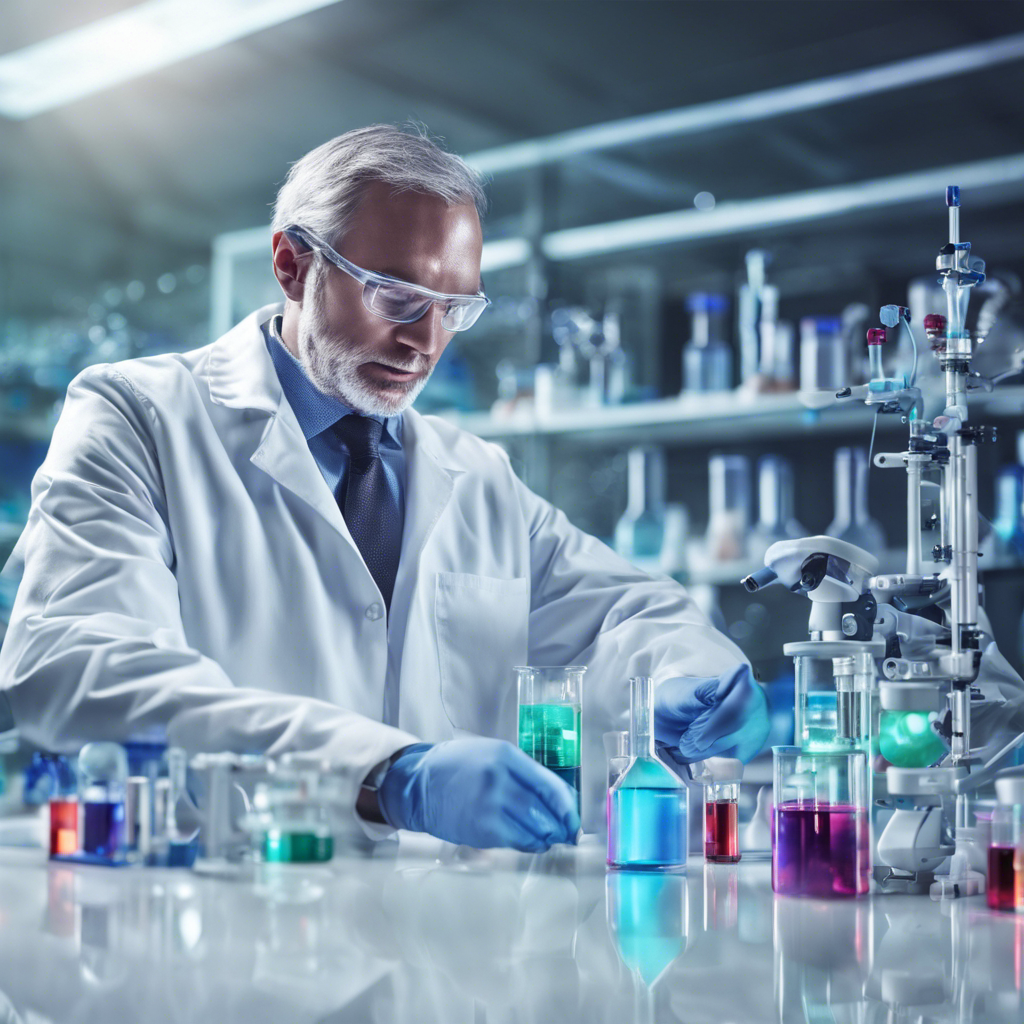Chemists with disabilities face significant barriers in their field, hindering their opportunities for success and inclusion.
Chemistry is a field that requires precision, dexterity, and access to specialized equipment. However, for chemists with disabilities, these requirements can present significant challenges. Statistics reveal a stark contrast between the percentage of the population with disabilities and the representation of disabled chemists. The lack of accessibility in learning environments and workplaces compounds the barriers faced by chemists with disabilities, particularly at the intersection of other marginalized identities. In this article, we delve into the experiences of chemists with disabilities and explore potential solutions to improve accessibility in the field of chemistry.
BLAINE G. FISS: One step at a time
Inorganic chemist Blaine G. Fiss, who lives with cerebral palsy, shares his personal journey and the challenges he faces in accessing lab equipment. Fiss highlights the inaccessibility of common tools such as gloveboxes and Schlenk lines, as well as the limitations posed by nuclear magnetic resonance (NMR) spectrometers. He emphasizes the need for facilities and equipment to be designed with accessibility in mind, suggesting that small adjustments and continuous improvements can benefit all chemists.
LAENA D’ALTON: Accommodations are key to equity
Laena D’Alton, a disabled chemist, discusses the challenges she has encountered due to her chronic illness and the lack of flexibility in academia. D’Alton shares her experience of switching to part-time enrollment during her PhD and the financial challenges that came with it. She emphasizes the importance of part-time options and realistic workloads for disabled individuals in academia. D’Alton also highlights the barriers faced by disabled chemists in attending conferences and calls for more inclusive online participation.
NAUMIH M. NOAH: Teach with an open mind
Naumih M. Noah, a chemist working in Kenya, sheds light on the gap in accommodations between secondary and tertiary education for disabled students. Noah emphasizes the need for university lecturers to be aware of students’ disabilities and receive training to support their needs. She shares her experience of organizing a workshop on inclusive teaching for chemistry lecturers, which transformed her perspective and teaching pedagogy. Noah advocates for incorporating visual aids, demonstrations, and hands-on experiments to cater to different learning styles and abilities.
Conclusion:
The experiences of chemists with disabilities highlight the urgent need for improved accessibility and support in the field of chemistry. The inaccessibility of facilities, equipment, and learning environments poses significant barriers that hinder the success and inclusion of chemists with disabilities. To address these challenges, the chemistry community must prioritize the voices of chemists with disabilities in discussions surrounding lab planning, funding, and grant support. Additionally, organizations and workplaces should involve disabled individuals in policy-making processes and provide realistic accommodations and support. By embracing inclusivity and accessibility, the field of chemistry can harness the valuable contributions of chemists with disabilities and create a more equitable and diverse scientific community.











